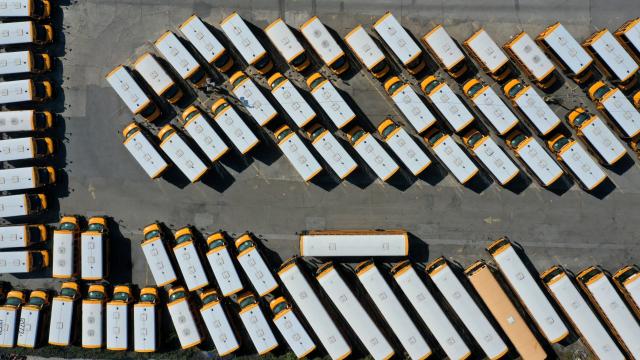Today, the NAACP Legal Defence and Educational Fund (LDF) issued a letter to the chief executives of 20 internet service providers in the United States urging them to keep providing internet to students of colour, for free, until they are able to attend classes in-person.
“All children are entitled to a quality public education. Yet, amid the national debate about returning to school during the COVID-19 pandemic, there has been little national attention paid to the reality that countless students, the majority of whom are children of colour, are facing substantial educational barriers because of their limited access to the internet and technology,” said Sherrilyn Ifill, LDF’s president and director-counsel, in a press release.
[referenced url=”https://gizmodo.com.au/2020/07/leaked-dnc-platform-is-troublingly-vague-on-net-neutrality__trashed/” thumb=”https://gizmodo.com.au/wp-content/uploads/2020/07/23/mfp2ztzjy6pl5y7txf89-300×168.jpg” title=”Leaked DNC Platform Is Troublingly Vague on Net Neutrality” excerpt=”Buried deep within a leaked 79-page draft of the Democratic National Committee’s 2020 platform are promises to “recommit” to net neutrality and bridge the digital divide once and for all. Democratic presidential nominee Joe Biden and Senator Bernie Sanders had already outlined similar plans in a joint task force document…”]
Many telecom companies took part in the FCC’s Keep Americans Connected Pledge at the start of the pandemic, in which they waived late fees, data caps, and provided relief in other ways to customers to make sure their internet and mobile phone services were not disconnected. But even though the covid-19 pandemic rages on in many states and thus requires many students to attend classes from home, those companies have gone back to business as usual.
According to the LDF, 54% of Latinx broadband users and 36% of Black users reported worrying about their ability to pay bills over the next few months, compared with only 21% of white users. According to an Alliance for Excellent Education report cited in the letter, 16.9 million students still lack home internet access, and “[t]hose students and families are overwhelmingly people of colour.”
“Of the households with no access, 34% are Native American or Alaska Native, who are 2% of the U.S. population; 31% are Black, who are 13% of the population; 12% are Asian American, who are 6% of the population; and 31% are Latinx, who are 19% of the population. By contrast, just 21% of white households lack access to the internet, though they comprise more than 76% of the U.S. population overall.”
Should these students from those unserved and underserved communities lose internet access, they will not be able to attend school and fall academically behind their peers.
Specifically, the LDF is requesting ISPs: to offer free internet to households with school-age children (generally grades K-12) for the 2020-21 school year; invest in areas that lack critical internet infrastructure; provide free hotspots; and work aggressively to make sure all families with school-aged children are aware of the steps they are taking to keep their families connected.
In its letter, the LDF points out how ISPs have “recently spoken out against racism and inequality,” but “decisive action” is needed more than words. There are many challenges to meeting the technological needs of every student in the U.S., but it’s not something that schools can do alone.
